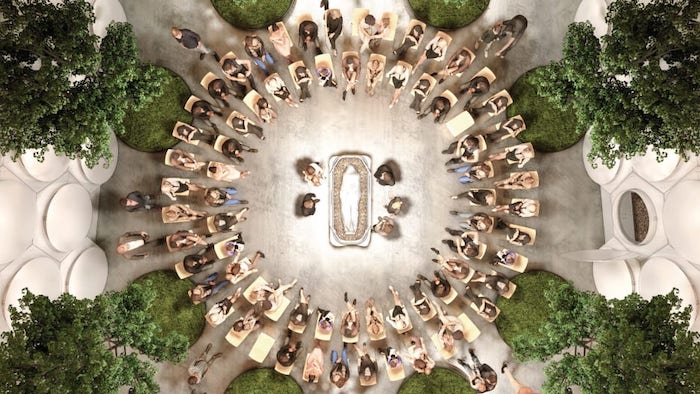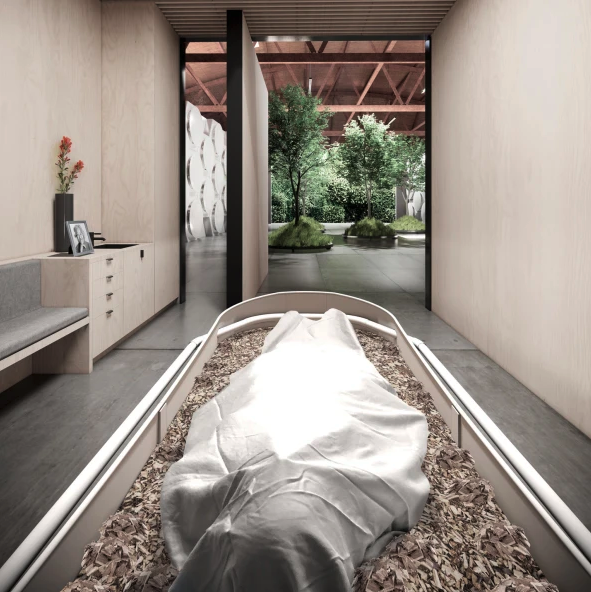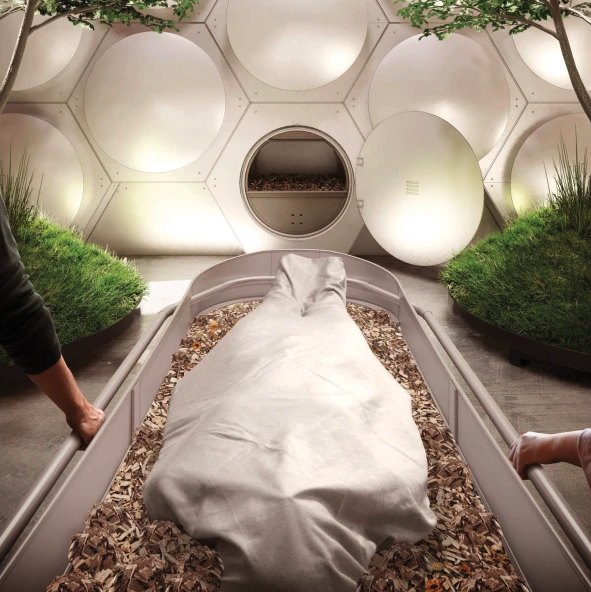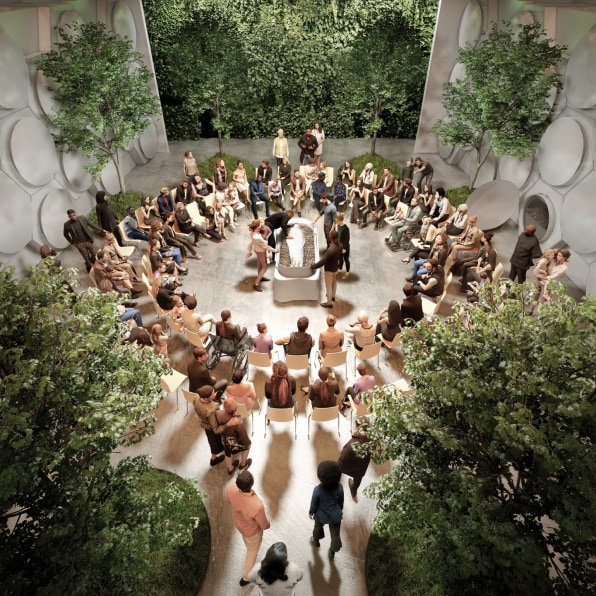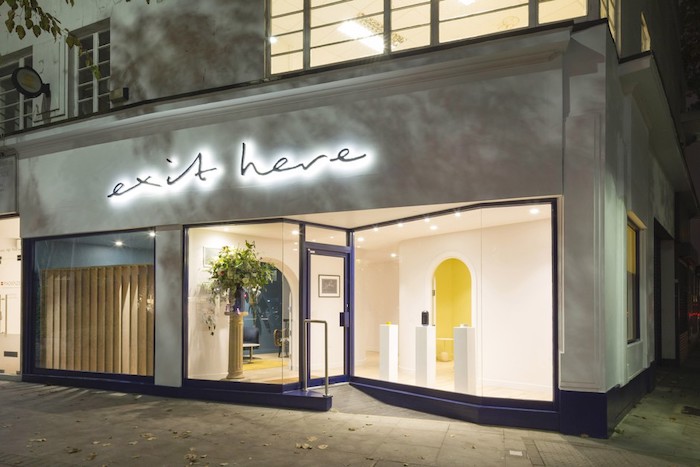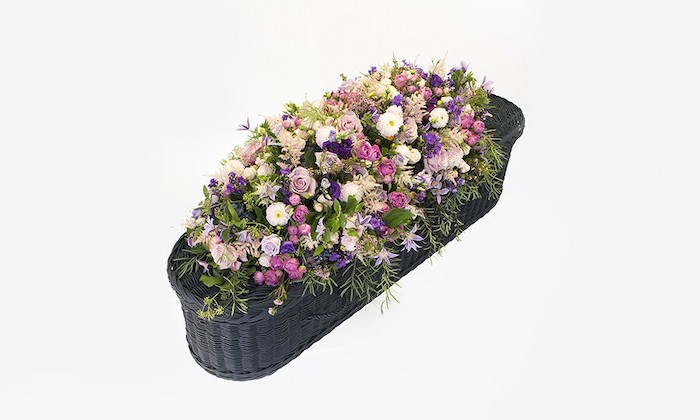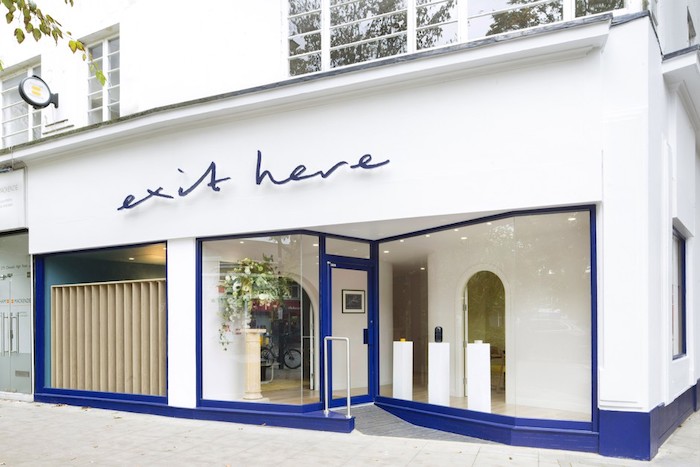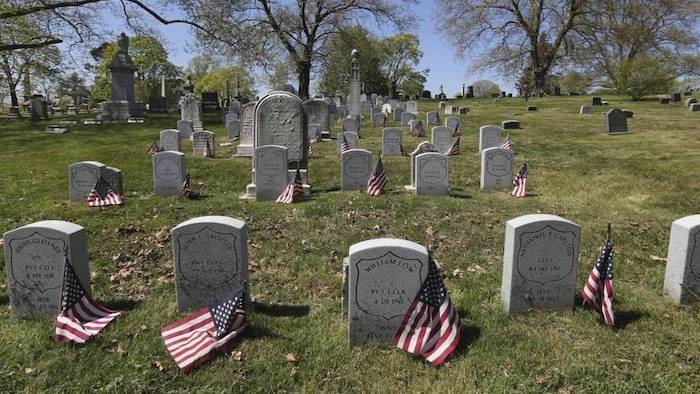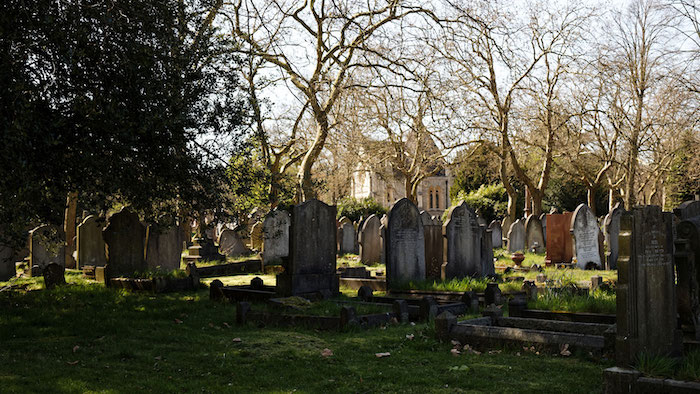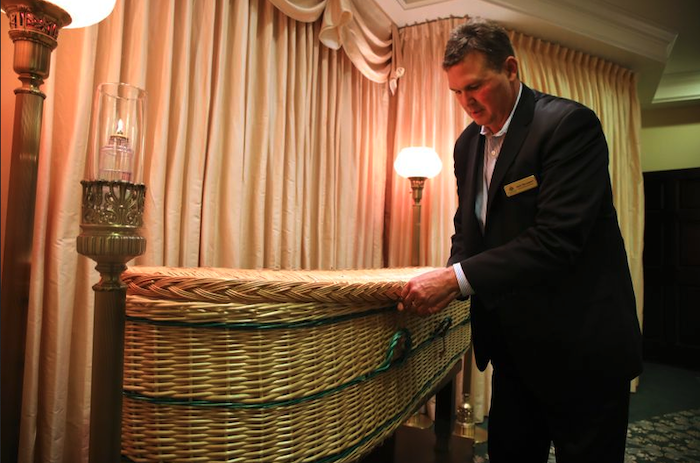— and finds meaning and balance as a death doula
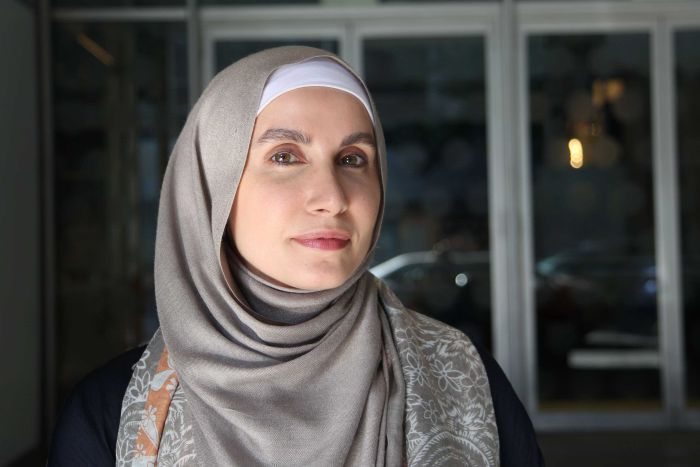
“I collided head on with a truck, the car caught on fire. It was a huge emergency operation,” says Mariam Ardati.
It was one of those car accidents “you think nobody could have survived.”
When she crawled out of the wreckage of her car, Mariam was amazed to see that she didn’t have a single scratch on her.
As a body builder, Mariam had considered herself invincible at the time — at the peak of her fitness.
The close brush with death turned her thoughts to what would have happened to her body under Islamic tradition if she had in fact, died.
“I walked away thinking, ‘where would I have been buried? What would have happened to all my things?'”
After recovering from the trauma of the accident, Mariam says she walked into a funeral parlour and said, “teach me, show me what happens when someone dies”.
The experience prompted a spiritual journey to reconnect with the Sunni Muslim faith she had grown up with.
“I was largely self-centred up until that accident happened,” she told RN’s Soul Search, “and it helped me find purpose and meaning.”
For the last 15 years she has helped other people in the Muslim community through the transition from life into death — as a doula.
Mariam supports the dying and their families in the lead up to death, then leads the ritual care for the body of the deceased.
Anyone can take part in death care
Mariam says women have always performed the final rites for other women.
She wants people to know that there is a range of jobs that family members can do to assist after their loved one has passed away.
Supporting the head, washing the body and brushing the hair are all meaningful ways to care for the deceased.
Mariam describes how she bathes a body an odd number of times, starting with three.
“The first wash is done with soapy water. The second is with clean fresh water. And the third is water that’s poured over the body that’s been infused with camphor.”
Then family members will wrap their loved one in a death shroud that has been perfumed with incense.
“This is afforded to every Muslim that passes away,” she says.
Mariam recalls a woman she worked with who didn’t think she could enter the room where her mother’s body was undergoing the ritual washing.
“She stood at the door of the mortuary and said, ‘I don’t think I can do this, this is just too much for me’.”
Mariam reassured her that she could just watch.
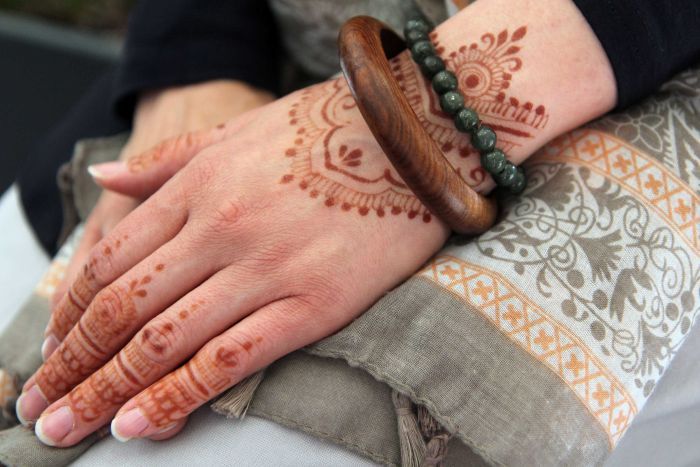
The woman saw the water running, saw Mariam stroking her mum’s hair and talking to her, offering prayers.
By the end of the whole process, the woman had taken over.
“I took a step back and watched her — with a lot of tears and a lot of emotion — go through each ritual in its entirety.”
Mariam says seeing a daughter perform these last rites for her mother “as she’s working through her emotions and coming to terms with her grief is such a powerful thing to witness”.
She recalls many women who say, “I’m so grateful for the fact that I was able to honour my mother in that way,” or “I was able to hold my sister one last time”.
The ‘very human touch’ of burial
Muslim burial rituals have a “very human touch”, says Professor Mohamad Abdalla, referring to the practice of men going down into a grave to lower a body in with their hands, sans coffin.
Mohamad is the director of the Centre for Islamic Thought and Education at the University of South Australia.
He explains that the body is positioned with the head facing Mecca, the traditional direction of prayer.
“With the soil of the grave they make a small pillow to lay his or her head,” Mohamad says.
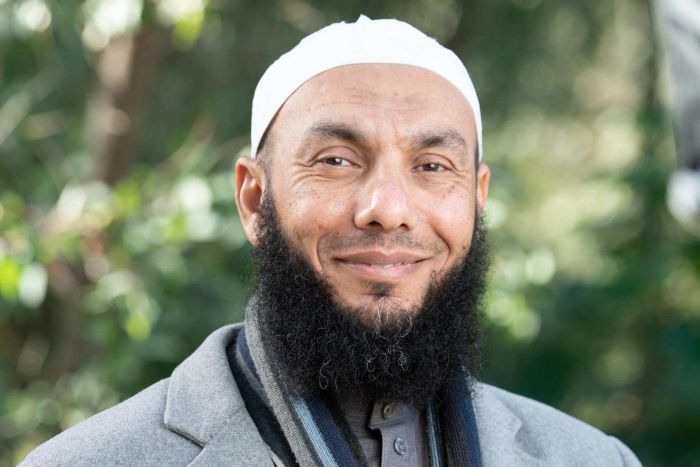
Three quarters of the way up the grave, small edges are carved out to hold several planks of wood.
“The soil is poured over the planks of wood, not touching the body of the deceased, essentially leaving about half a metre … for the circulation of air for natural decomposition.”
Muslim death ritual requires the body be buried as quickly as possible, which can be difficult in the event of a sudden death.
“It’s an honour to bury the deceased within 24 hours,” Mariam says.
She’s referring to the belief that after death, the soul ascends and is given “the glad tidings of heaven”.
When the two are reunited in burial, the soul shares that news with the body, remaining connected throughout the process.
Organ donation and autopsies can complicate the ritual and throw timing off.
“We do exercise our rights to object to an invasive post-mortem, as do other faiths and communities,” Mariam explains.
“We believe that process is an undignified act.”
However, there are alternatives for Muslims, for instance in the case of an unexplained or suspicious death, explains Mohamad.
“In the classical Islamic civilisation, autopsy was undertaken to understand the human body and blood circulation.”
Beyond autopsy, medical procedures after death are technically allowed, because preservation of life is one of the most important objectives of Islamic law, Mohamad says.
He explains that as long as the donor or their family consents voluntarily, organs are not sold, and the organs are healthy, it is a highly virtuous act.
“But the minority viewpoint says a person has no right to dispose of their body as they wish, because it is a trust from God,” he says.
Much of Mariam’s energy is directed to increasing death literacy in the community — helping people become accustomed to the idea of dying.
She encourages the same open approach at home with her own children, in a “mother-daughter bonding exercise”.
“I have cut my own [death] shroud, and I had my daughter by my side with the measuring tape saying, ‘No mum, that’s too short, we need to make it longer this way’.”
‘Five before five’
Mariam sees her job as an opportunity to serve God through caring for other people.
“When you’re living the life of a Muslim, you’re living between two states,” she explains.
One of those refers to “fearing retribution or the accountability of your sins”, and the other is “believing in the hope and mercy of God”
Mariam says she looks for the balance between the two.
It’s a sense of purpose that leads to an understanding that “your actions have consequences, and that you’re part of a larger social context”.
A Muslim is encouraged “to take advantage of what’s known as the five before five,” she explains.
“Your health before sickness, your life before you’re overcome with death, your free time before you become busy, your youth before your old age and your wealth before you become poor.”
Mariam says Muslims’ relationship with God is “underpinned by the understanding that God is the provider of infinite love, compassion and mercy”.
But for a person to earn that favour, she or he must live a life that’s conducive to those values.
In death, Mariam sees our final transition as a deeply communal responsibility, one that she is humbled to be part of.
She says she’s glad her own encounter with a near-fatal accident showed her that she wasn’t invincible.
Rather, it gave her a sense of purpose and meaning.
“I didn’t find that in the world of the living — I found it in the world of the dead.”
Complete Article ↪HERE↩!

